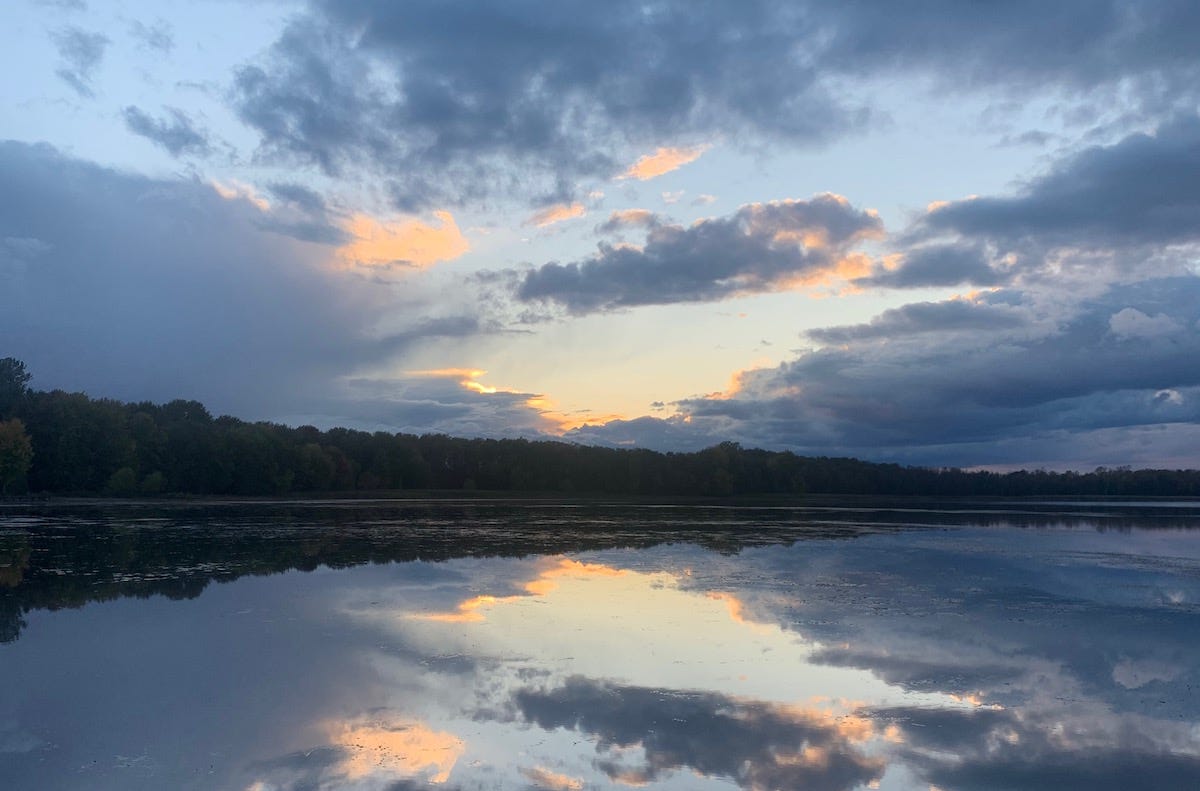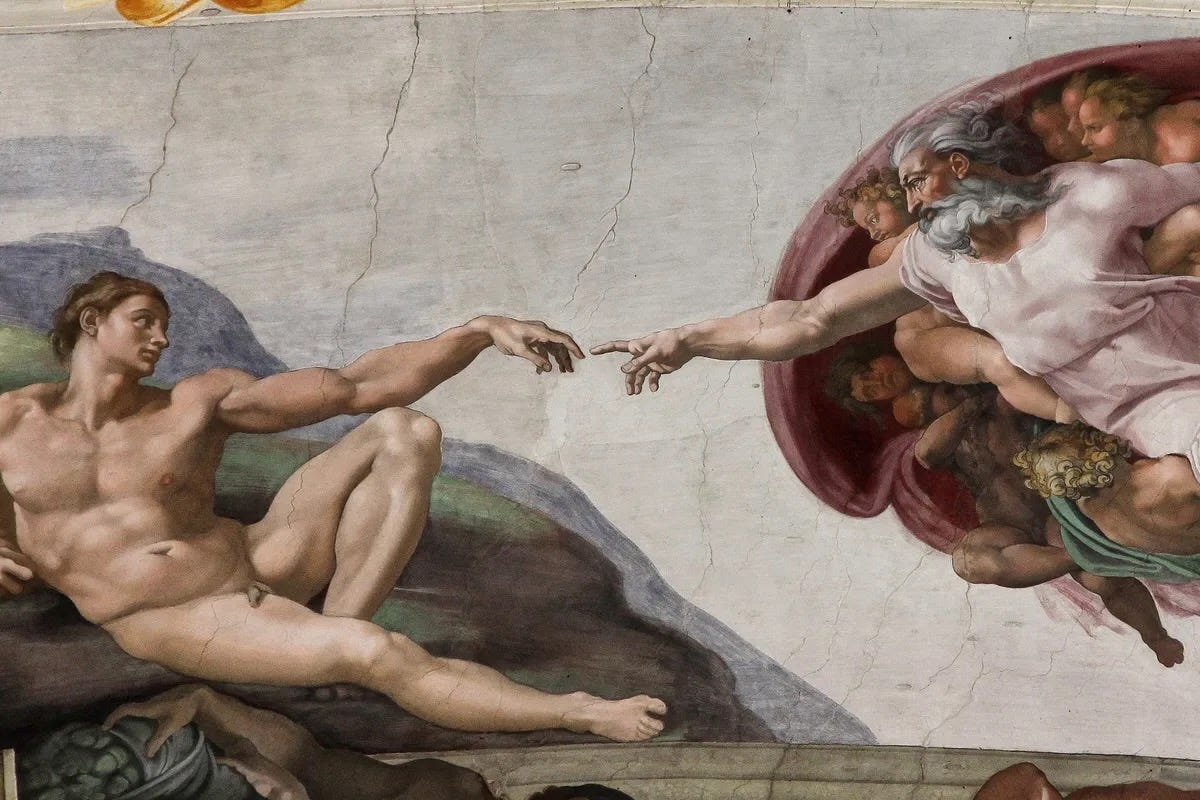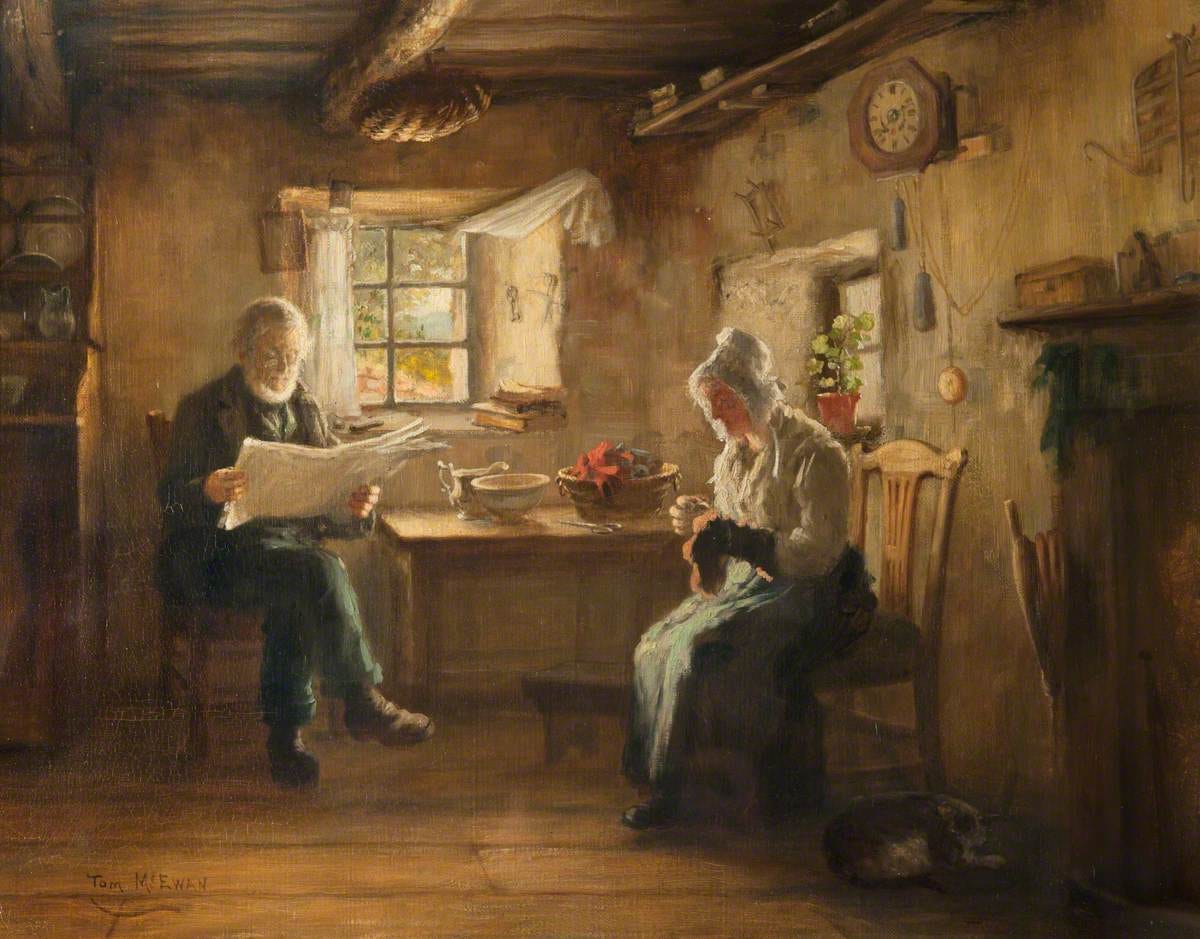Wait a little while I know you'll see beauty I know you'll see beauty I know you'll see beauty It's right around the corner in this journey
Cam Will, Wait a Little While, from Winter Left Its Lights On, camwill.bandcamp.com/album/winter-left-its-lights-on ©April 2015 All rights reserved
The promise of Mile Marker 3: Once you are more mindful (MM1), and slow down (MM2), you will become more attuned to the beauty in you and around you. You will prioritize its role in your life, at which point it will elevate and inspire you every day.
Why is beauty the third Mile Marker on the Exit 9 journey?
This has been a very difficult chapter to write. First of all, how does one even define beauty? The question alone poses a significant challenge. Plus, I was originally going to cover beauty in all its angles—nature, fine art, functional art, design—but that’s a broad brush that veers too far into the philosophical discussion of aesthetics.
So for now I will be concentrating on Nature’s beauty, as true beauty begins there. The “rules” of beauty are set by Nature: fractals, the Golden Mean, order, pattern, symmetry, and even reciprocity and surprise.1 When we create beauty in our lives, we are only co-opting Nature’s rules.
Nature often depends upon beauty for its own survival—for example, the peacock may well have died out long ago if the females never swooned over the male’s radiant plumage. As Nature’s children, we, too, have survived and thrived because of our innate attraction to the beautiful. Sustainable architect and author Lance Hosey points out in his book The Shape of Green2 that the fate of many things depends upon whether or not they please people.
“In the end, we conserve only what we love.” —Baba Dioum
Ultimately, my journey into an understanding and validation of the essential need for beauty has taken me into the realms of the sublime, the sacred, the ordinary, and the broken.
*****
The sublime:
Photo by me: Sunset outside my home, October 2024
When we bought this little cabin in Vermont, we bought it for the lake. It’s nice to be able to see it any time of day, but turns out that when I go to get something from the car or take a short walk at sunset, the sky grabs me every time. I claw for the camera on my phone, and when I don’t have it on me, I scurry back to the house to get it—I want to capture that sunset! It’s so beautiful! I want to pixilate that moment!
I’ve lived here for 2,332 days as of this writing and I’ve seen 2,332 unique and magnificant “evening sky paintings” over the lake. But I’ve learned that the pixilated image is nowhere close to experiencing the real thing in real time. The awe must be savored and baked into the moment—not the Cloud.
No matter how you define your spiritual nature, the inner pull—that sight that makes you gasp in wonder—is a universal human response. It makes you feel small and humble, yet at the same time part of something large and significant. The feeling is ineffable. We become breathless, mute. We tear up. And this is ours! We don’t pay a penny for it! We sense the unconditional and timeless gift that it truly is.
Beauty beckons us like the Sirens to Orpheus. But unlike the Sirens, beauty does not try to fool us, or even tantalize us—it calls us to itself simply by being available to us. It elevates and inspires.
*****
The sacred:
Michelangelo, “The Creation of Adam,” Sistine Chapel Fresco, 1512
Inevitably, in my research on beauty, many of the books were from authors with a faith background. This is probably not surprising. It’s not that you have to be religious to appreciate beauty—not at all. But it is often the case that spiritual practices prime the pump for opening us up to beauty. Meditation, prayer, gratitude, an active seeking for connection with something larger than oneself are things that anyone can cultivate, but they tend to be in the toolboxes of many religious practices.
In fact, while beauty may inspire us to capture beauty in the form of a painting, or poetry, or a photograph, the religious mind goes a step further to take the appreciation of beauty from sacred moment into a “moral imperative”—a call from God to funnel beauty experienced into beauty manifested, usually in activism of some kind. The recognition of Beauty’s gifts demands responsibility for and propels us towards its co-creation for the benefit of the world. Beauty super-charges our inclination to do good.
“Beauty is truth; truth, beauty.” Keats
Once we are armed with beauty, we are armed with truth. Miravalle says that beauty without truth is not beauty.
“If there were no truth, that’s all beauty would be—the arbitrary stimulation of our passions by mindless forces, or worse, the deliberate manipulation of our feelings by people trying to control us. Truth is what allows beauty to be beauty, instead of. just an irrational emotional spasm. So, if you get rid of truth, beauty goes, too.”
*****
The ordinary:
Painting: The Simple Life, Thomas McEwan
Then there is the beauty of the ordinary. The beauty of the cat sitting on the rocker, or the apple hanging from the tree, or the love expressed in a look between two people. The little things can spark the same emotional intensity and wonder as the grand things, and therefore, beauty is always at hand. We just have to see it and recognize it.
I kissed it
I was ironing the other day
And I found myself
Kissing
My son’s white T-shirt
Size 8
It was a silly thing to do
I did it anyway
I was wondering what to cook the other day
And I found myself
Kissing
A small rutabaga
It was a silly thing to do
Kissing a rutabaga
(Purply-waxy little thing!)
I looked around sheepishly
To be sure I was alone
And I kissed it
Some things make sense to kiss
You kiss a spouse
You kiss a cheek
Or two, if you’re in France
But there are things
So beautiful
(So common)
So awe-inspiring
(To my eyes anyway)
That the desire to kiss them
Is irresistible and I…
Sshhh….
(Just have to sneak a peck!)
A silly way, to be sure,
To simply say
Thank you.
—C.M. Boyd
The broken
“There is a crack in everything; that’s how the light gets in.” Leonard Cohen
National Welfare Rights Organization activists marching in Washington, DC, May 1968. Jack Rottier Collection / George Mason University Libraries
There is no “perfect” beauty, and this is why we also have the beauty of the broken. In the design world, that might be expressed as wabi-sabi: the Japanese term that defines a way of living that focuses on finding beauty within the imperfections of life and accepting peacefully the natural cycle of growth and decay.
Similarly, a broken life is made beautiful by the light of redemption and transformation. Often the hands of the transformation is love in action—a transformation sometimes purposeful, but other times nothing more than an accidental grace.
One of the most beautiful, moving things I’ve ever watched is a scene in the movie Schindler’s List--specifically, the scene at the end of the movie when Schindler’s former employees present him with a gold ring fashioned from their tooth fillings as a token of their gratitude for having saved their lives.
As history has shown and as the movie relates, Schindler had hired Jews for many reasons—many of them very self-serving, but in the scene, Schindler is finally and fully transformed by that gift. The dismantling of his ego by the love from his employees was an example of the power of beauty to bear truth.
“The world will be saved by beauty.” —Dostoyoevsky
A favorite quote of Catholic activist Dorothy Day’s was the Dostoevsky quote cited above and I have always wondered why—what did beauty have to do with the destitution of the people she served? The world she occupied as she fed the hungry and homeless on the streets of New York’s Lower East Side in the mid-20th century seemed so…dirty, unpleasant, ugly to me. But she never saw it that way.
So, these profound insights on the true nature of beauty is why I wanted to steer away from a discussion of aesthetics. Certainly aesthetics has a role in a discussion of beauty, but it is a limiting one. Because I now understand that beauty appeals to not only our senses but also to our souls. Whether we are inspired by Nature’s beauty to paint, write, build furniture, garden, or feed the hungry, we are helping to save the world.
And surely a lesson that seems so relevant for today.
At this moment when so much of our society seems broken and dysfunctional, where there is so much fear, anger and sadness, there is much to be gleaned from Dostoevsky’s faith in beauty to rescue us. It is brave to create beauty when there is fear and it may just save someone else. Lia Howard
Next up: Exit 9 Mile Marker 4: Cultivating and Creating, in which we explore our own manifestions of beauty and growth toward being producers, rather than consumers.
Reminder for my subscribers and followers: This is Exit 9 v.0. There will be v.1 and v.2 versions (at least). It is a work in progress. I welcome any feedback on what resonated, and what didn’t as I continue to edit and improve Exit 9 and prepare it for eventual book publication.
Order and surprise is a concept of beauty described in John-Mark L. Miravalle’s book Beauty: What It Is and Why It Matters. Sophia Institute Press, 2019
Hosey, Lance. The Shape of Green: Aesthetics, Ecology, and Design. Island Press, 2012.








Very nicely put.